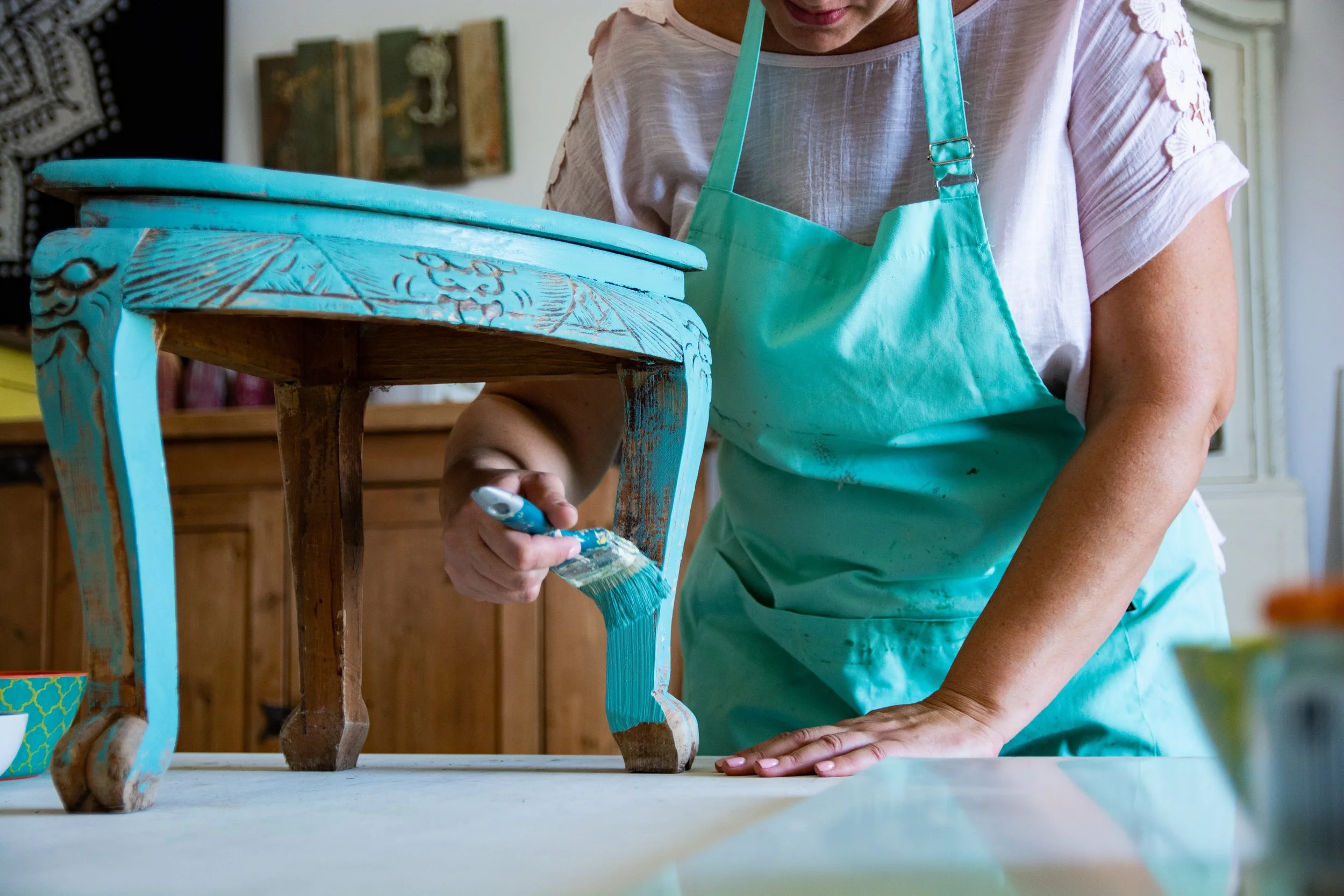When SWIM gets a call to build a toolkit, we’ve developed a process for creating a product that is not “just another basic toolkit” that could be easily overlooked. The SWIM process of creating a toolkit is just as valuable as the final toolkit itself. SWIM takes a collaborative and engaged approach to product development that combines the technical skills of our consultants with a participatory process that takes advantage of client expertise and familiarity with the content.
Read MoreRecently, we’ve been helping two clients translate a new strategy into work plans that are useful every.single.day. (Why have a new strategic plan if you don’t change what you do every day?!)
During this part of the process I feel like a detective, finding patterns and opportunities that the organization can build on. Sometimes the clients seem surprised at what we notice. The surprises typically fall into two buckets - both of them related to the strengths of the organization.




















